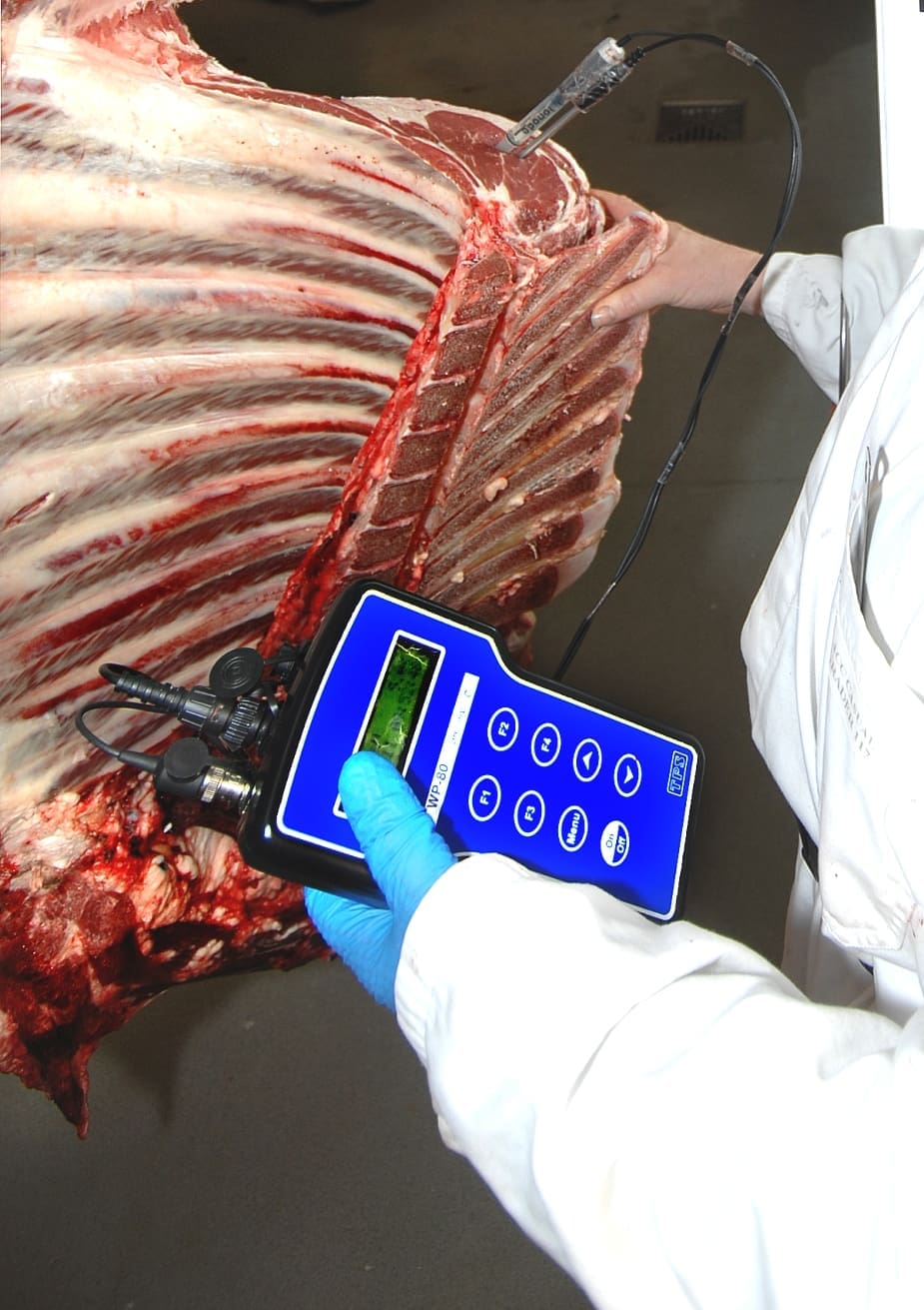Producers can beef-up their business by better matching cattle to customer specifications, rather than taking a ‘shot gun’ approach, an upcoming series of Pastoral Profit workshops in South Australia will be told.
Meat Standards Australia producer engagement officer Jarrod Lees who will take South Australian producers through strategies to get the most out of their carcase feedback sheets when he speaks at two Pastoral Profit events at Craddock and Blinman on 28 and 29 September.
 Nationally, 87 percent of yearling cattle which were compliant with both MSA and processor company specifications in 2014-15, received an extra $91/head on average compared to stock which fell outside specifications.
Nationally, 87 percent of yearling cattle which were compliant with both MSA and processor company specifications in 2014-15, received an extra $91/head on average compared to stock which fell outside specifications.
Mr Lees said building a relationship with livestock buyers – whether through stock agents or direct with the processor – can assist producers manage their marketing and be aware of any specifications. Meeting company/processor and MSA specifications are both important to be eligible for any premiums on offer, and although they can differ, the management of them can be complementary.
Processor specifications can vary based on market requirements and producers should be aware of this. However, specifications such as P8 fat depth, hot standard carcase weight and dentition can be assessed or, at least, estimated on-property so producers have a better idea what part of a processor payment grid their cattle should fit.
For example, glycogen management – which underpins meat colour and meat pH in MSA compliance – can be managed by ensuring cattle are gaining weight right up until slaughter. Adequate nutrition also impacts the rib fat and P8 scores of MSA and processor specifications.
Regardless of any other carcase attributes, when an animal fails on MSA specifications, such as meat colour, it cannot be sold as MSA certified and markets are limited.
High pH and/or meat colour are the main reasons for non-conformance in all states with almost 6pc of MSA graded cattle in 2014-15 failing to meet these requirements. Mr Lees will be talking through approaches to managing mat colour/pH performance.
“Glycogen management strategies include ensuring cattle are in a paddock with sufficient feed to keep ‘fuel in the tank’ two weeks prior to slaughter, and in that same time period, avoiding moving, mixing or drafting stock prior to trucking,” he said.
“This is especially important in grassfed systems, such as the pastoral zones of South Australia, to ensure cattle have sufficient quality feed in the lead up to slaughter whilst minimising any pre-slaughter stress.”
MSA minimum requirements include:
- Meat colour must be between 1B – 3
- pH must be below 5.71
- Rib fat must be a minimum 3mm
- Adequate fat coverage over the whole carcase.
There are now 43 MSA licensed beef processing plants across Australia. In the last financial year, 35pc of cattle slaughtered nationally (3.22 million head) were graded for MSA. Some of the biggest rises were seen in South Australia, which increased its number of animals graded by 22pc on 2013-14, representing almost 10pc of all national MSA graded cattle.
Other presentations at the upcoming ‘Beefing Up Your Business’ events at SA’s Craddock and Blinman include export market opportunities, EU accreditation, NLIS, livestock disease surveillance, capital allocation and business planning.
Click here for workshop details.
Source: MLA
